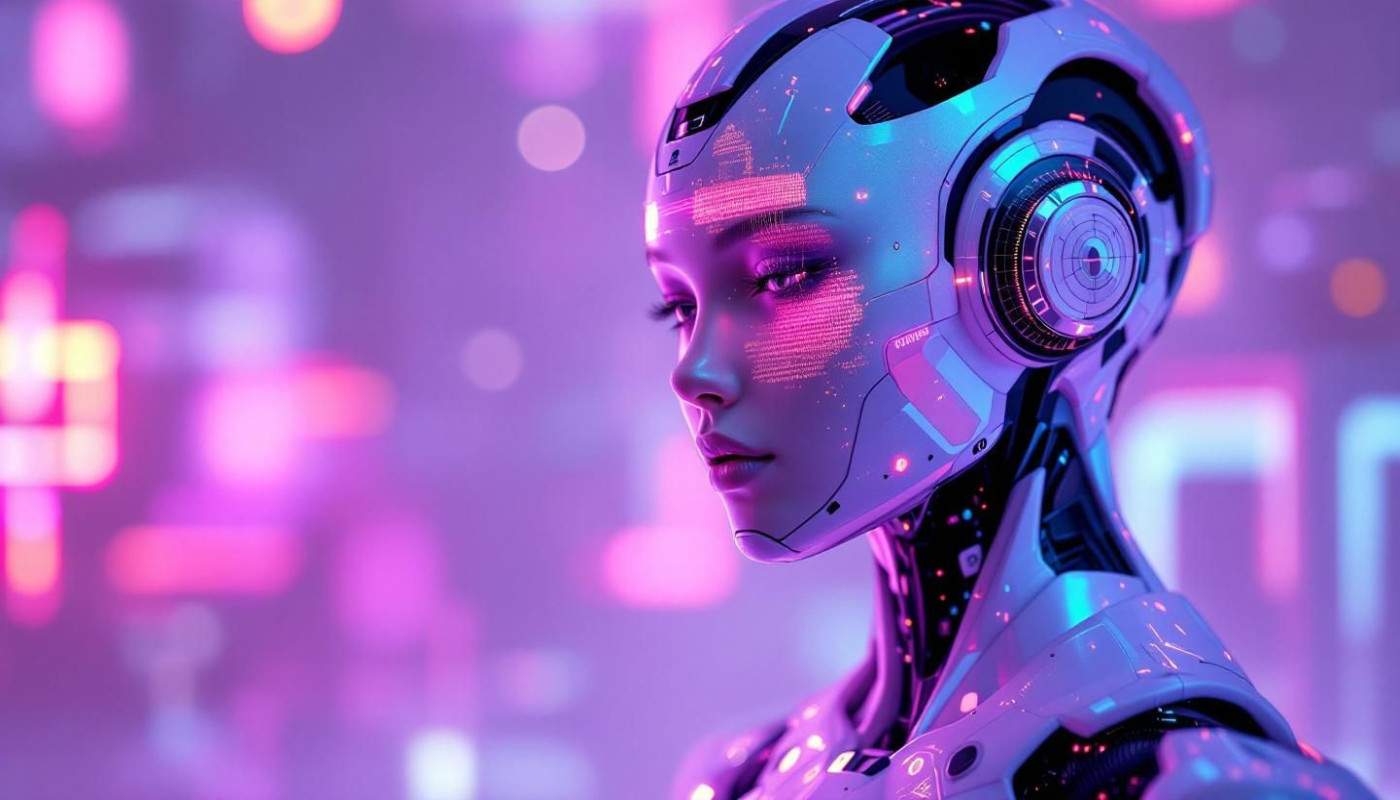Table of contents
Artificial intelligence is rapidly transforming the landscape of creative industries, sparking both excitement and debate. As algorithms become more sophisticated, the boundaries between human creativity and machine-generated content are increasingly blurred. Dive into the following sections to uncover how AI is reshaping creativity, challenging traditional workflows, and opening new possibilities for artists, designers, and creators worldwide. Discover the nuances, opportunities, and challenges that define this technological revolution.
The evolution of creative processes
Artificial intelligence has initiated a profound transformation in the way creative professionals approach their craft, fundamentally shifting workflows across design, music, writing, and visual arts. The presence of AI in creativity is notable for its ability to automate repetitive or time-consuming tasks, such as color correction in photography or background removal in graphic design, freeing up human creators to focus on conceptual and nuanced elements of their projects. Automation in art is not limited to technical chores; AI platforms now act as collaborative partners, offering suggestions, drafting compositions, and even co-authoring pieces with artists. These capabilities foster digital creativity and experimentation, resulting in new genres and hybrid forms of artistic expression that were previously unimaginable. The creative process transformation brought by AI also includes the emergence of machine-generated content, which challenges traditional notions of authorship and originality. A leading industry analyst highlights generative algorithms as the technical core of this revolution. These algorithms learn from vast datasets to produce original works, simulate distinct artistic styles, and respond dynamically to creative prompts, bridging the gap between human intention and machine execution. Compared to traditional methods, AI-driven processes enhance productivity, diversify creative output, and open access to tools for a broader audience. For those interested in real-time developments and trends at the intersection of AI and digital art, the latest news can be explored at news.
Enhancing personalization in content
Artificial intelligence has revolutionized the landscape of personalized content by introducing powerful AI-driven customization tools within creative industries. Through advanced algorithms, AI curates music playlists that reflect individual tastes, recommends visual content aligned with personal preferences, and facilitates adaptive storytelling in interactive media. This level of personalization not only increases audience engagement but also fosters a deeper connection between creators and consumers by making every experience unique and relevant. As a result, audience satisfaction grows, encouraging longer interactions and greater loyalty. Dynamic content generation, as explained by the authoritative entertainment technologist Kevin Kelly, refers to the real-time creation and adaptation of media assets based on user data, behaviors, and contextual signals. This process ensures that each user encounter is distinct, continuously optimized, and responsive to changing audience needs, thus redefining how interactive media and storytelling are delivered in the digital age.
Redefining intellectual property norms
The rapid advancement of artificial intelligence has introduced unprecedented challenges to established frameworks surrounding authorship in AI and intellectual property law. AI-generated content complicates traditional notions of creative ownership, as algorithms, rather than human creators, increasingly contribute to original works. This evolution raises pressing questions about AI copyright: who holds the rights to an artwork, musical composition, or text produced by sophisticated machine learning models? Legal systems worldwide grapple with the concept of computational authorship, a technical term referring to works created through autonomous or semi-autonomous computer processes. Ethical AI development further complicates these issues, as creators and stakeholders debate the rights and responsibilities attached to non-human-generated content. The leading legal expert in digital media emphasizes that current intellectual property law is not fully equipped to address these new realities, prompting ongoing discussions about the future of creative ownership in an age dominated by technology-driven innovation.
Democratizing access to creative tools
Artificial intelligence-powered platforms are reshaping the creative landscape by making accessible creative tools available to a vast range of users, regardless of background or experience. This democratization of art allows aspiring artists, musicians, and content creators to experiment and produce high-quality work without the barriers posed by expensive software or technical expertise. AI for beginners is particularly transformative, lowering the entry threshold and enabling more individuals to participate in creative industries. As a result, there is a notable increase in diversity in creativity, with voices from underrepresented communities finding new avenues for self-expression. Inclusive design principles embedded within AI tools further ensure that these technologies cater to people with varied abilities, fostering an environment where creativity can flourish universally. For those seeking deeper understanding, the top creative technology educator is invited to provide insight on the technical term low-code interfaces, which play a pivotal role in simplifying complex creative processes for novices and professionals alike.
Balancing creativity and automation
The discussion around human vs machine creativity has intensified as artificial intelligence continues to reshape the future of creative work. Many professionals are expressing concerns that creative automation could lead to job displacement, prompting organizations to reimagine workflows and redefine the value of artistic authenticity. To address these shifts, leading creative industry strategists recommend embracing augmented creativity—a technical concept referring to the collaborative interaction between human imagination and AI-driven tools, where technology enhances rather than replaces creative input. This approach allows artists and creators to leverage machine efficiency for routine tasks, freeing time for innovation, while organizations invest in upskilling employees and integrating AI in ways that respect the unique qualities of human expression. As AI and jobs become more intertwined, the creative industries are witnessing a dynamic evolution in how originality and automation coexist, shaping a landscape where authenticity remains at the core of artistic production.
Similar

Exploring the Aesthetic Appeal and Symbolism in 'Le Dédain' by Joseph Paul Marius Soumy

Capturing Emotion: The Power of Abstract Expressionism

Investing in Art: A Profitable Passion?

Art Therapy: Unraveling its Underrated Potential

Breaking Stereotypes: Graffiti as Modern Fine Art

Unveiling the Mystery of Digital Masterpieces

The impact of the pandemic on music

Importance of literature in the modern world

Importance of art in the modern world

Cinema: Actors who died during the shooting of a film

